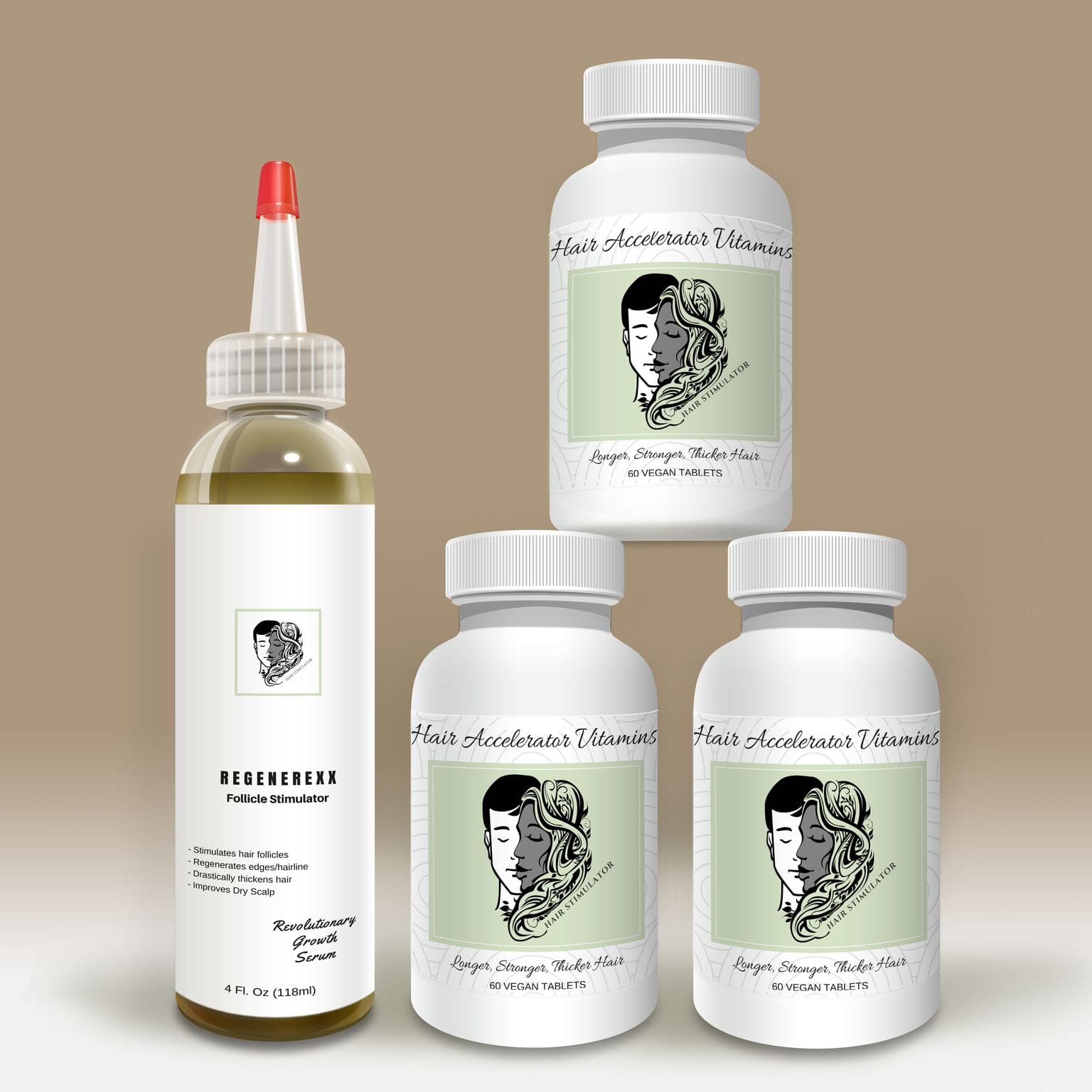

impulses – micro-electric discharges stimulate skin cells and open microchannels to facilitate the transfer of particles from and to cells, thus helping to spread the blood capillaries.the influence of infrared radiation activates cell metabolism, thus strongly supports its anti-inflammatory effects.The cells of the hair follicle apparatus are affected on three levels: Tthe phototherapy is based on low-performance, so-called cold lasers (LLLT - Low Level Laser Therapy).īut HairLux offered and developed by our clinic has in addition to the laser two other functions. It is portable, accessible, practical, and it is very easy to use. The device provides a level of the laser phototherapy – finely stimulating and nourishing light. Modern science has proven that hair ages the same as the skin. They can lose elasticity, luster, can break up, split up, fall out and stop growing. Hope in the fight against hair loss and the desire for a lasting healthy hair growth with the use of scientific knowledge has proven to be a so-called photo-bio stimulation, a method which in other areas of medicine has been used worldwide for more than 30 years. Such a combination of 3-in-1 currently has no comparable biostimulation laser !Getting a HairLux biostimulation laser - laser comb, means a lump sum invested into a technologically advanced and stylish-looking device. You can use it anytime and anywhere you want, even while watching TV. And it's as easy as combing hair!

Micro-electric stimulus pulses then help open transport channels in cell membranes and allow the penetration of topical skin preparations through your skin. Infrared rays have anti-inflammatory effects. In addition to a biostimulation laser appealing the mitochondria of the hair cells, it also includes inbuilt emitters of infrared stimulus rays and micro-electric stimulating pulses. HairLux hair stimulator is a low-energy biostimulation laser, which, based on previous experience with other LLLT devices (Low Level Laser Therapy), wasdeveloped by our clinic. The research was published in the journal Developmental Cell.A breakthrough in the field of hair biology and the healing processes. “Our test in the human hair transplant model validates the preclinical potential of SCUBE3.” “There is a strong need for new, effective hair loss medicines, and naturally occurring compounds that are normally used by the dermal papilla cells present ideal next-generation candidates for treatment,” Plikus said. The scientists see this as promising preclinical evidence that SCUBE3 or similar molecules could be deployed as a therapeutic for hair loss, and have filed a provisional patent application to that end. This indeed led to potent stimulation of hair growth, both in the dormant human follicles and the mouse follicles that surrounded them. In another round of experiments, the scientists injected SCUBE3 into mouse skin, onto which they'd transplanted human scalp follicles. “We revealed that the SCUBE3 signaling molecule, which dermal papilla cells produce naturally, is the messenger used to 'tell' the neighboring hair stem cells to start dividing, which heralds the onset of new hair growth." “At different times during the hair follicle life cycle, the very same dermal papilla cells can send signals that either keep follicles dormant or trigger new hair growth,” said Maksim Plikus, the study’s corresponding author. This enabled the scientists to observe how the cells activate signaling molecules that are key to hair growth, and this is how they discovered the previously unknown role of one called SCUBE3, which was then validated through experiments on human follicles. To do so, the scientists engineered mouse models with hyperactive dermal papilla cells which grew excessive hair as a result.

This new study was led by scientists at University of California, Irvine, who were researching new treatments for androgenetic alopecia, or male pattern baldness. This role has placed dermal papilla cells front and center in much of the effort to develop new treatments for hair loss, and research demonstrating how they could be produced from stem cells or deployed in 3D versions, for example, have raised some promising possibilities. The cells at the heart of this study are known as dermal papilla cells, which live in hair follicles and help determine how fast, thick and long hair grows. The study uncovers a previously unknown role for a signaling molecule, whose messages were found to be critical to new growth and could be leveraged to address hair loss in humans. Scientists probing the intricate machinery behind hair growth have made a key discovery around the behavior of key cells in follicles.


 0 kommentar(er)
0 kommentar(er)
